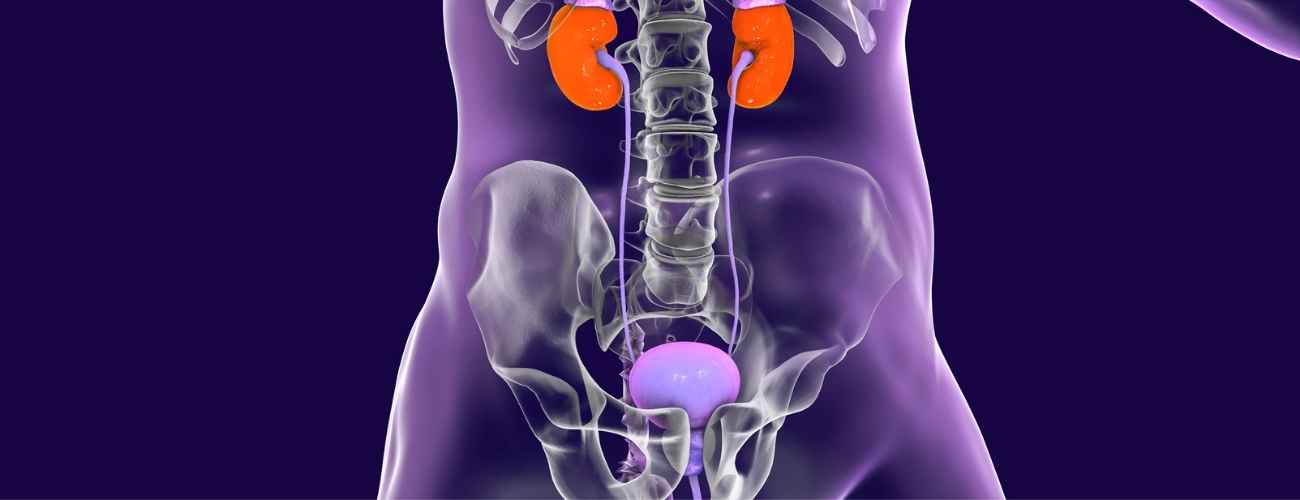
Urinary Reflux Surgeries
Urinary Reflux Surgeries (VUR)
Urinary reflux surgeries (VUR) can be performed through three different methods: open surgery, robotic-assisted closed surgery, and endoscopic or surgical approaches. The main differences between the first two methods and the third one are cosmetic differences and success rates.
In open surgery, the goal is to treat the reflux. General anesthesia is applied, and an incision is made in the lower abdominal area to repair the location where the ureters connect to the bladder, preventing reflux from occurring.
After the surgery, the catheter is removed within a few days, and the patient is discharged after a 2 to 7-day observation period, as deemed appropriate by the doctor. Close follow-up is essential to determine whether the procedure was successful.
Before the surgery, an evaluation by an anesthesia specialist is mandatory, and the patient should not eat or drink for 8 hours prior to the procedure.
Closed surgery is similar to open surgery in many ways. It leaves less scarring cosmetically and may offer a shorter recovery time. The advantage is smaller incisions, which typically result in fewer bladder spasms.
In endoscopic surgery, the surgeon inserts a cystoscope through the urethra to view the bladder and injects a volume-increasing substance into the affected ureter's opening. This method is less invasive and presents fewer risks compared to the other two.
However, it works better in cases of lower-grade reflux. Since it is a repeatable and simple treatment, if the first positive result is achieved, it can be repeated 2 or 3 times to obtain results as effective as the other methods.
How Are Urinary Reflux Surgeries Performed in Izmir?
Treatment Details
- Operation: Urinary Reflux Surgery
- Procedure: In closed methods, a filling is used to prevent reflux, or in open surgeries, the entry point of the urethra into the bladder is altered to prevent reflux.
- Duration: 1-2 hours
- Hospital Stay: 1-2 days
- Anesthesia: General or spinal anesthesia
- Recovery Time: 2-3 days
- Return to Work (School): 5-10 days
- Scarring: Yes, in open surgery
- Pain Duration: 24-48 hours
The kidneys' primary function is to filter harmful substances from the blood and excrete them through urine. After being produced by the kidneys, urine is transported to the bladder via tubes and stored there.
There is a mechanism in both sides of the body between the ureter and the bladder that prevents urine from flowing back into the kidneys. The surgical procedure involves injecting a small amount of synthetic material at the connection point between the ureter and the bladder to treat the reflux.
With endoscopic methods, significant success can be achieved in first and second-degree urinary reflux. The treatment method applied with open surgery involves reshaping the entry points of the ureters into the bladder, thus completing the treatment of the disease.
Key Things to Know About Urinary Reflux Surgeries
Urinary reflux (Vesicoureteral Reflux) is the backflow of urine from the bladder into the kidneys. It should not occur normally, but when it does, it can lead to kidney infections and function loss.
It is rarely seen in adults unless a bladder operation has been performed, and it is considered a childhood disease.
Reflux surgery can be performed either minimally invasively (closed) or openly, depending on the severity of the reflux, to treat kidney disease caused by the reflux.
Kidney reflux can be treated surgically or medically. The treatment decision depends on the patient's age, gender, and the degree of reflux.
Vesicoureteral Reflux is classified from grade 1 to 5, with severity increasing as the grade rises. If surgery is required, reflux grades up to 3 are treated with closed methods, while grades 4 and 5 are typically treated with open surgery.
The goal of kidney reflux surgery is to strengthen the junction between the ureter (the urine channel) and the bladder, or to change the existing junction to prevent reflux.
In closed methods, substances that will strengthen the area between the ureter and the bladder are injected, while in open surgery, this area is reconstructed.
Because the effectiveness of injected substances in closed methods can decrease over time, repeat procedures may be necessary.
Izmir urinary reflux surgery lasts between 30 minutes and 1 hour. Patients are generally kept in the hospital for 1 to 3 days. If no complications occur, patients are discharged with the doctor's approval. It typically takes about a week for patients to return to normal life. These numbers can vary depending on the surgery method and the patient's condition.
After the surgery, your doctor will explain what to expect during the recovery process. Once healed, it is important to follow these guidelines to maintain a healthy lifestyle for the rest of your life.
Is Urinary Reflux Genetic?
Urinary reflux, also known as vesicoureteral reflux (VUR), is a condition where urine flows backward from the bladder into the kidneys.
It can be acquired, meaning it develops later in life, or congenital, meaning it is present at birth.
VUR has a genetic component, meaning it can be inherited, and is passed on in an autosomal dominant manner, meaning if one parent has the condition, there is a 50% chance the child will have it as well.
However, not all VUR cases are genetic; structural or functional abnormalities or infections of the bladder and urethra can also play a role in the development of this condition.
If there is a family history of VUR or if symptoms are present, it is very important to consult a pediatrician or pediatric urologist for diagnosis and to determine the underlying cause.
How Much Do Urinary Reflux Surgeries Cost in Izmir?
If you would like to know the cost of urinary reflux surgery in Izmir, you can consult our expert doctor.
Frequently Asked Questions
-
How is Urinary Reflux Diagnosed?
Urinary reflux presents itself with various symptoms, including burning sensation while urinating, frequent and scanty urination, blood in urine, inflammatory and foul-smelling urine, and pain in the back and abdomen. Fever is a very important sign indicating that the infection has spread to the kidneys and is a high-risk condition. Diagnosing reflux in infants can be more difficult as these symptoms could be due to other causes as well. -
What Causes Urinary Reflux?
Urinary reflux can be caused by a genetic structural anomaly at the point where the urethra opens into the bladder, or it can be due to an anatomical or physiological narrowing at the point where the bladder opens externally, leading to increased pressure in the bladder and causing secondary reflux to the kidneys. This results in the occurrence of urinary reflux. It is not an easily detectable condition, but individuals who observe the symptoms should consult a doctor. It is a serious condition that should be taken seriously.
Source: Altında, B., & Sonuçlar, İ. (2014). Surgical Treatment of Vesicoureteral Reflux. Turkey Clinics J Pediatr Sci, 10(1), 92.

Social Media